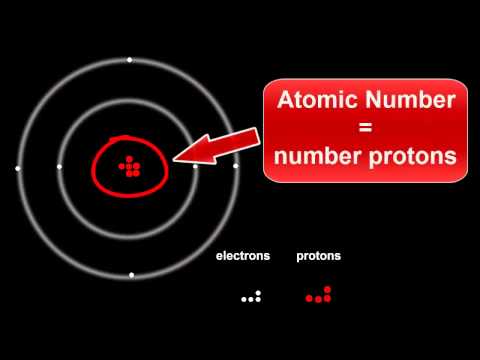ATV Albert Einstein – Relativity of space and time
This video is part of a series of educational videos that ESA is releasing based on the five visionaries that lent their name to Europe’s space freighters.
Jules Verne, Johannes Kepler, Edoardo Amaldi, Albert Einstein and Georges Lemaître form the inspiration to explain the principles of physics to young and older audiences.
Presented by Anu Ojha, this video offers a good basis to introduce schoolchildren and the general public to concepts of special and general relativities and their implication in space flight.
Accompanying these videos are also a new set of resources that ESA education is producing: Teach with Space, a large set of demonstrations and teacher guides intended to bring the excitement of space into the classroom to inspire the next generation.
Classroom demos:
http://www.esa.int/spaceinvideos/Videos/2014/07/Cloud_chamber_-_classroom_demonstration_video_VP03





Q: If on a planet the days have 20 hours and on another planet 30 hours, that means that time is relative on the different planets?.
That means that time is even more relative than Einstein had thought of?
Or not?
WRONG! At 7:05 the path of the light-beam is NOT a diagonal – in reality, it's direction of motion is VERTICAL only. Your triangle/zig-zag illustration (as used by many) is incorrect and misleading because it shows the TRUE, VERTICAL position of the light beam plotted HORIZONTALLY, giving the impression that it's ANGLED, and hence, longer. In reality, there is NO difference in the distance the light-beam has to travel, or in the amount of elapsed time for BOTH observers. Surely, others have noticed this 'sleight of hand'?…
@ 7:36 = Though the 1st and 2nd statements may be true, it is FALSE to claim that the DIRECTION of clock's light beam changes from VERTICAL to DIAGONAL, whilst in motion. In reality, is it not true that the direction of the light-beam is ALWAYS VERTICAL? Overlooking this crucial ERROR 'forces' us to accept an INCORRECT and paradoxical conclusion.
(Even if SR were true, wouldn't such Time Dilations instantly cancel each other out, without any discrepancies in elapsed time for all observers?)